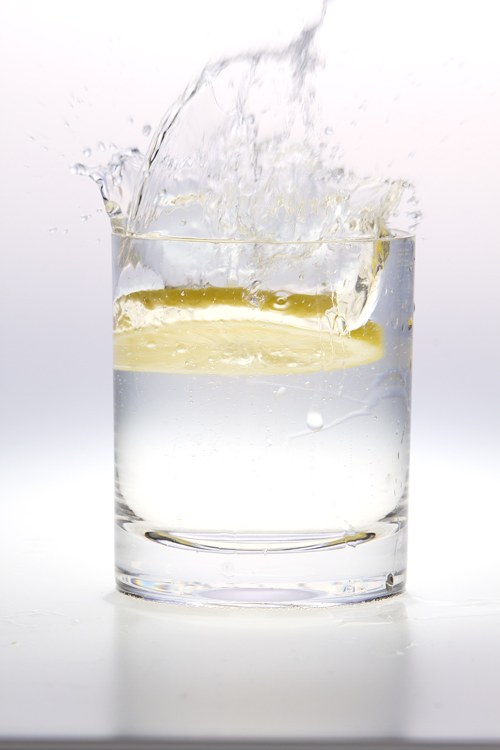Mixed drinks are in a sad state. Bars in Portland offer slates of gimmicky cocktails at exhorbitant prices, all made with the same handful of tired liquors. Young hipsters resign themselves to quick fixes to mask the taste of their bargain-basement liquor purchases. Have bar owners and drink peddlers given up?
Getting the good stuff
Mixed drinks are in a sad state. Bars in Portland offer slates of gimmicky cocktails at exhorbitant prices, all made with the same handful of tired liquors. Young hipsters resign themselves to quick fixes to mask the taste of their bargain-basement liquor purchases. Have bar owners and drink peddlers given up?

This recipe calls for a bit more tonic water than usual. The proportions will depend on your ingredients. An aromatic tonic water brand like Fever-Tree will balance your gin and tonic nicely. Sweeter tonic waters might overpower the liquor. Strong, juniper-y gins like Beefeater will make themselves known regardless. If you decide to add bitters, use citrus bitters to compliment the drink’s existing flavor profile. Add the ingredients to a highball glass filled with ice cubes, stir and drink.
Many things have contributed to the decline of the gentleman’s cocktail. For one thing, our generation has been saddled with an unfortunate set of mental associations. The dapper man in a lean black suit with a sleek dry martini has aged into your weird uncle Roy, with his plastic faded-label bottles of gin. For some, the smell of gin will always bring to mind impressions of olive-green appliances and receding hairlines.
A classic gin and tonic
1 part gin
2 parts tonic water
A dash of bitters (optional)
Garnish with lemon
Let’s start with a truism: Well drinks just aren’t classy. They are the bottom of the barrel. I ordered a gin and tonic at The Boiler Room (a fine business with as much repute as a bar can have in Chinatown) that you could use to delouse your dog. You’re going to have to move up a buck or two in the pecking order to reach for liquors that don’t taste like cleaning solution.
A good rule of thumb for ordering a cocktail at a bar is to strip whatever you think you want to drink down to the basest of elements. Of course, it can be good fun to dig out your bar book of choice and mix up something ridiculous (be it a Rob Roy or a Sloe Gin Fizz), but you’ll never get a real taste for liquor doing that. And you’ll look like an asshole trying to communicate these desires to an overworked bartender at 11 p.m.
Simplicity is sophistication. The gin and tonic. The martini. A neat scotch. These are the orders of the social-climber-cum-alcoholic we all aspire to be. The trick, then, is knowing which elements to select. An excellent brand of gin that many establishments will have access to is Aviation—a new local, American-style gin with a really excellent taste profile. New Deal No. 3 is my personal favorite, but it might be a bit expensive for bar drinking. A decent cheaper option would be Beefeater, a powerful, London-made, dry, lower-midshelf gin, but you won’t sound very cool ordering it (unless you’re trying to attract William Wallace).
Some fine equivalent vodka brands would be Ketel One or 42 Below. There’s nothing wrong with drinking any of these straight, but smooth vodka is important for cocktails, too. A dash of bitters can make even an uninspired cocktail interesting again, but be careful in going too far: Most bars only stock angostura bitters, which can finely compliment a martini but unbalance most gin and tonics.
The key, of course, is experimentation. Discerning palettes are developed by continuing to try new things. The next time you go to order (or mix) a drink, don’t be satisfied with tipping back another awful well vodka cran.




